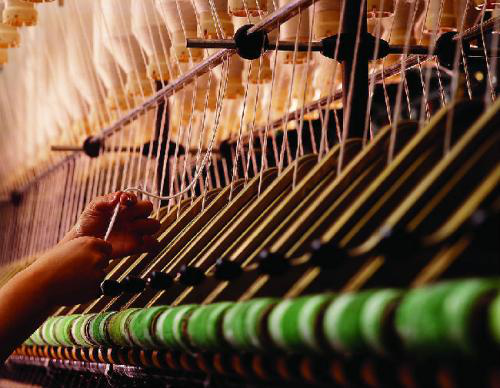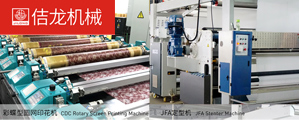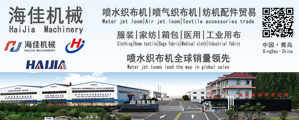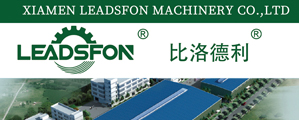USA: Textiles and apparel among sectors seeing manufacturing momentum in August
Sep 10, 2020 | by Zhao xh

Economic activity in the manufacturing sector grew in August, with textile mills, and apparel, leather and allied products among the sectors reporting growth, U.S. supply chain executives revealed in a report from the Institute of Supply Management (ISM).
The Purchasing Manager’s Index (PMI) registered 56 percent, 1.8 percent higher than the July reading of 54.2 percent.
“The PMI signaled a continued rebuilding of economic activity in August and reached its highest level of expansion since November 2018, when the index registered 58.8 percent,” Timothy R. Fiore, chair of the ISM Manufacturing Business Survey Committee, said. “Five of the big six industry sectors expanded. The New Orders and Production indexes continued at strong expansion levels. The Supplier Deliveries Index now better reflects supplier’s difficulty in maintaining delivery rates due to factory labor safety issues and transportation difficulties.”
A reading above 50 percent indicates that the manufacturing economy is generally expanding, while a reading below 50 percent indicates that it is generally contracting. A PMI above 42.8 percent, over a period of time, generally means the overall economy is expanding. Therefore, the August PMI indicates the overall economy grew in August for the fourth consecutive month following contraction in April.
“The past relationship between the PMI and the overall economy indicates that the PMI for August of 56 percent corresponds to a 3.9 percent increase in real gross domestic product (GDP) on an annualized basis,” Fiore said. “After the coronavirus brought manufacturing activity to historic lows, the sector continued its recovery in August, the first full month of operations after supply chains restarted and adjustments were made for employees to return to work.”
Fiore said demand and consumption continued to drive expansion growth, with inputs representing near- and moderate-term supply-chain difficulties. ISM’s New Orders Index registered 67.6 percent in August, a 6.1 percent increase compared to July. This indicates that new orders grew for the third consecutive month.
The Production Index registered 63.3 percent in August, up 1.2 percent from July, indicating growth for the third consecutive month and the highest level of performance since January 2018. The 15 industries out of 18 sector reporting growth in production during the month included textile mills.
The delivery performance of suppliers to manufacturing organizations was slower in August, as the Supplier Deliveries Index registered 58.2 percent. This is 2.4 percent higher than the 55.8 percent reported in July.
Textile mills were among 11 of 18 industries reporting slower supplier deliveries in August. A reading below 50 percent indicates faster deliveries, while a reading above 50 percent indicates slower deliveries.
“Suppliers continue to struggle to deliver, slowing deliveries at a faster rate compared to July,” Fiore said. “Plant interruptions, transportation challenges and continuing difficulties in supplier labor markets are still significant factors. The Supplier Deliveries Index reflects the difficulties suppliers will continue to experience due to Covid-19 impacts. These issues are not expected to diminish in the near future and, at this time, represent the biggest hurdle to production output and inventory growth.”
The Inventories Index registered 44.4 percent in August, down 2.6 percent from July. Inventories contracted for the second straight month after two consecutive months of expansion. This is the lowest reading for the Inventories Index since January 2014.
“Inventory levels were impacted by increases in production output and restrained by continuing supplier difficulties,” Fiore said.
The two industries reporting higher inventories in August were apparel, leather and allied products, and plastics and rubber products. Textile mills reported no change in inventories for the month.
The ISM Prices Index registered 59.5 percent, a jump of 6.3 percent compared to the July reading of 53.2 percent, indicating raw materials prices increased for the third consecutive month. The 17 industries reporting paying increased prices for raw materials in August were led by textile mills and apparel, leather and allied products.
“Price increases were driven primarily by plastics, lumber, aluminum, copper, some steel products, transportation expenses, precious metals and petroleum products,” Fiore said. “Price growth reflects a power shift toward sellers, as increased costs to produce input materials are being passed on to companies.”
Source: sourcingjournal.com








